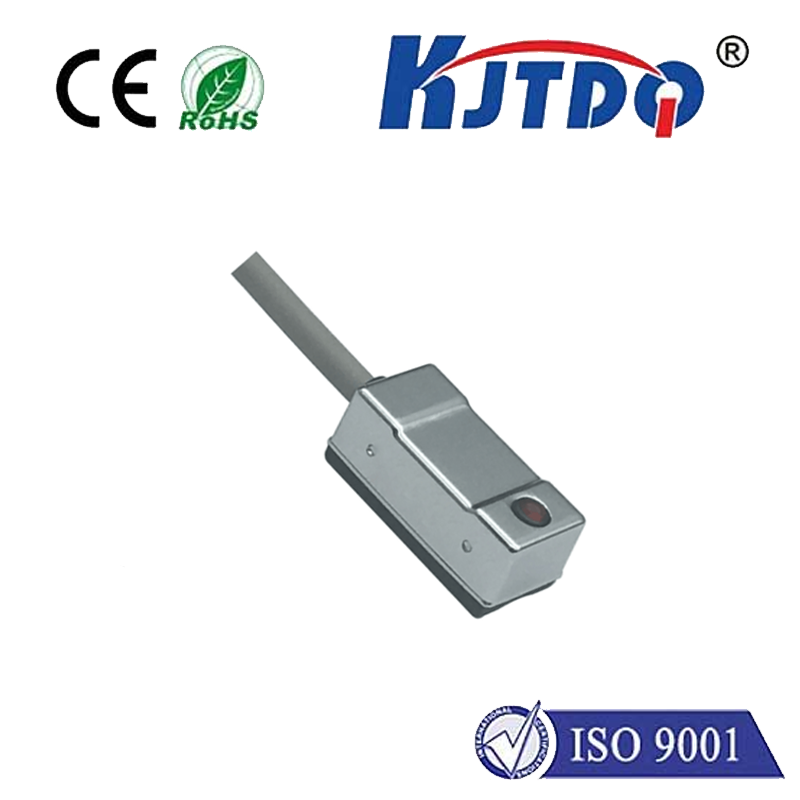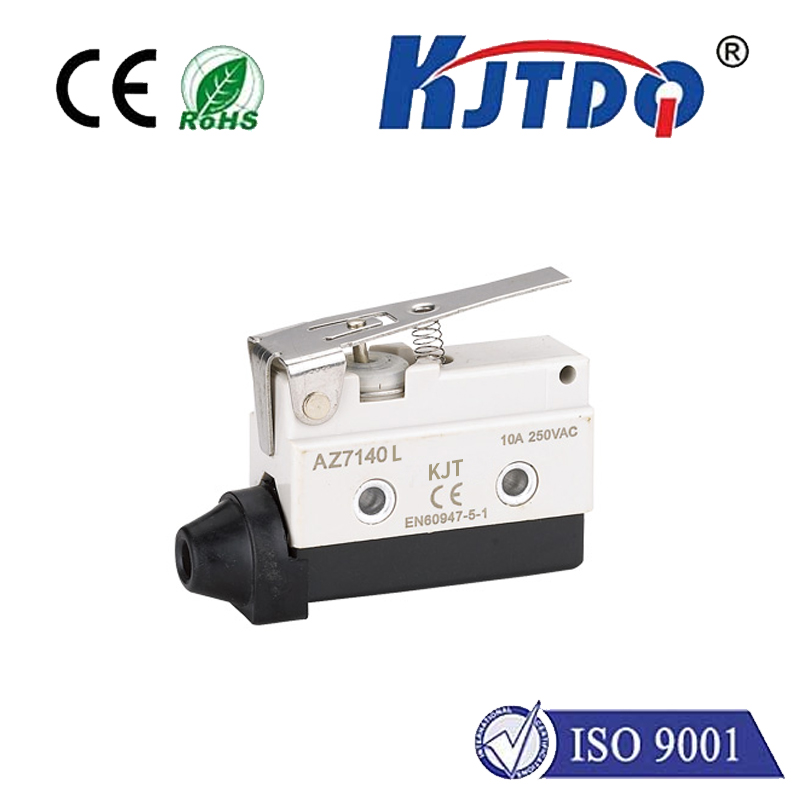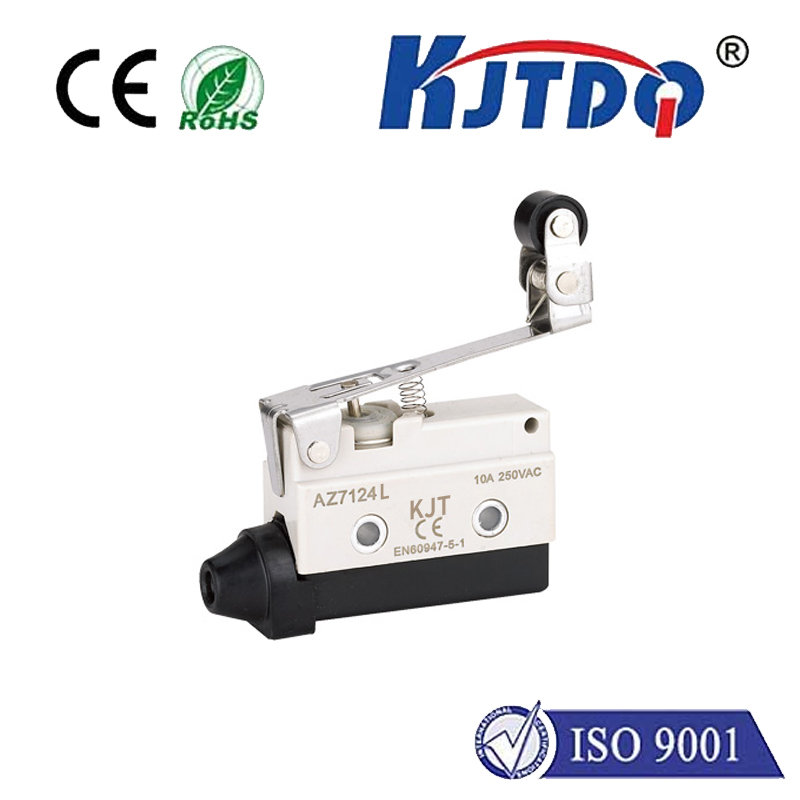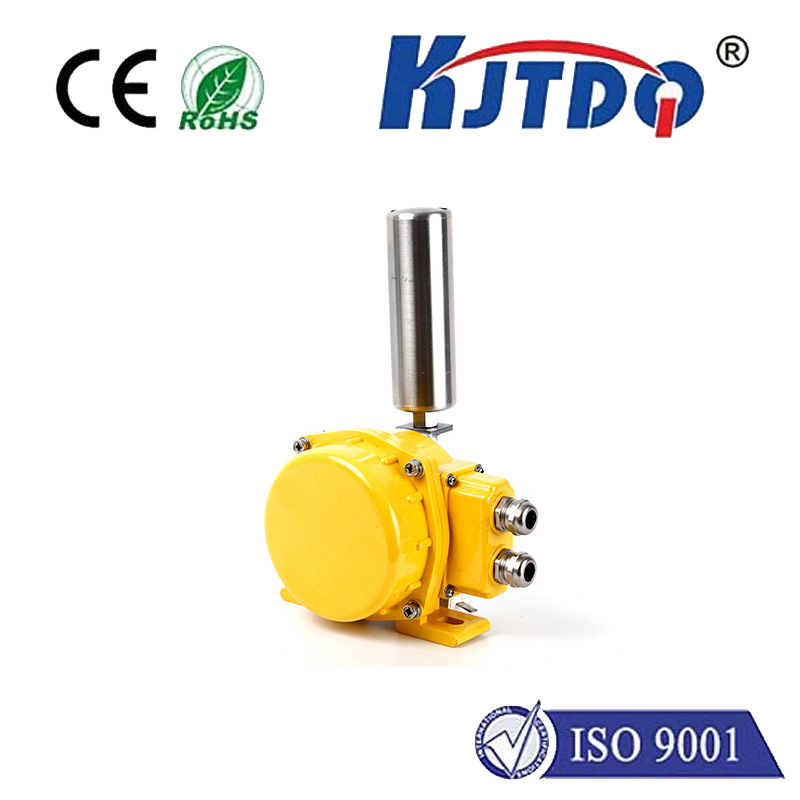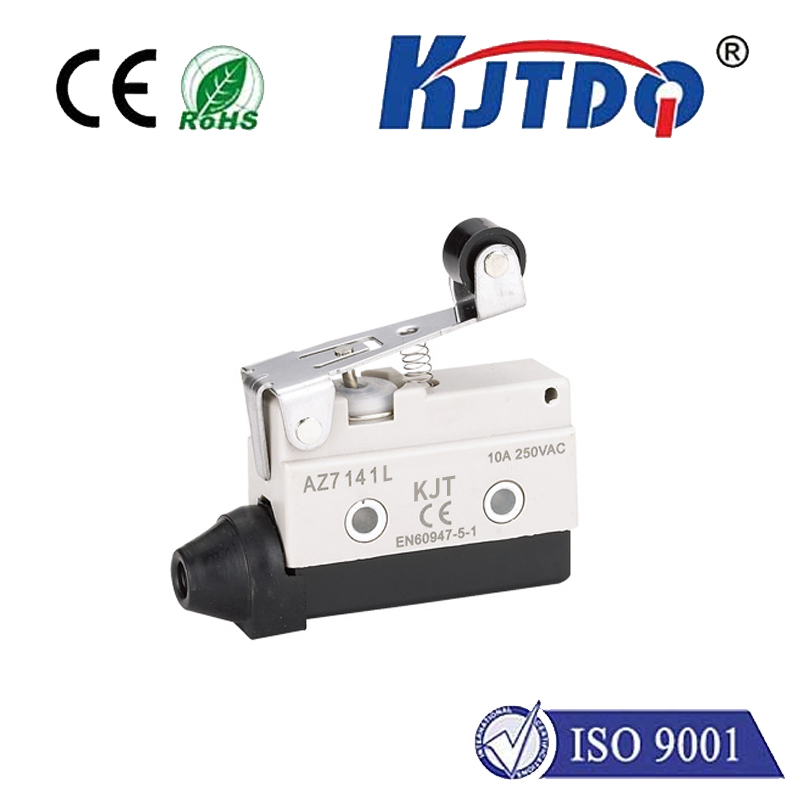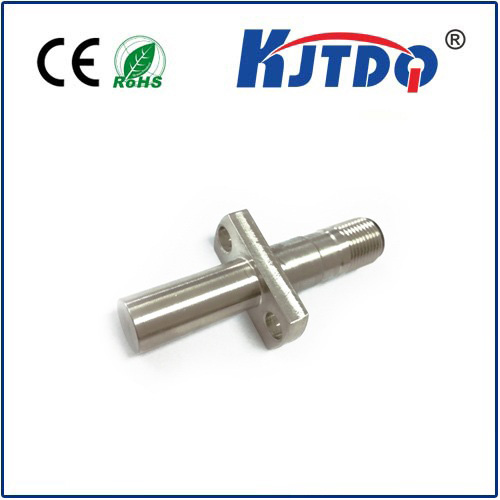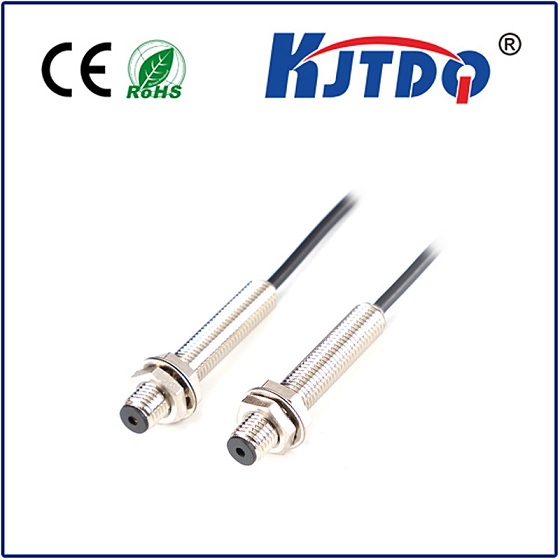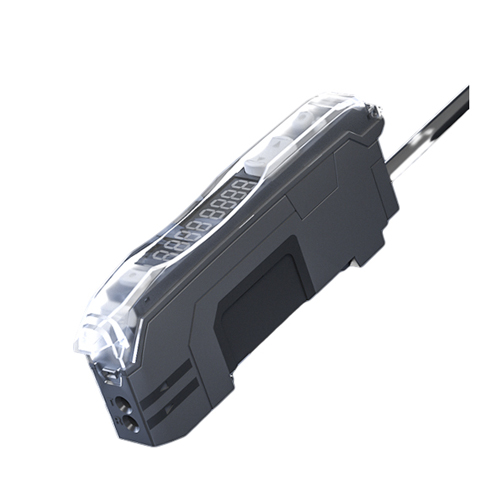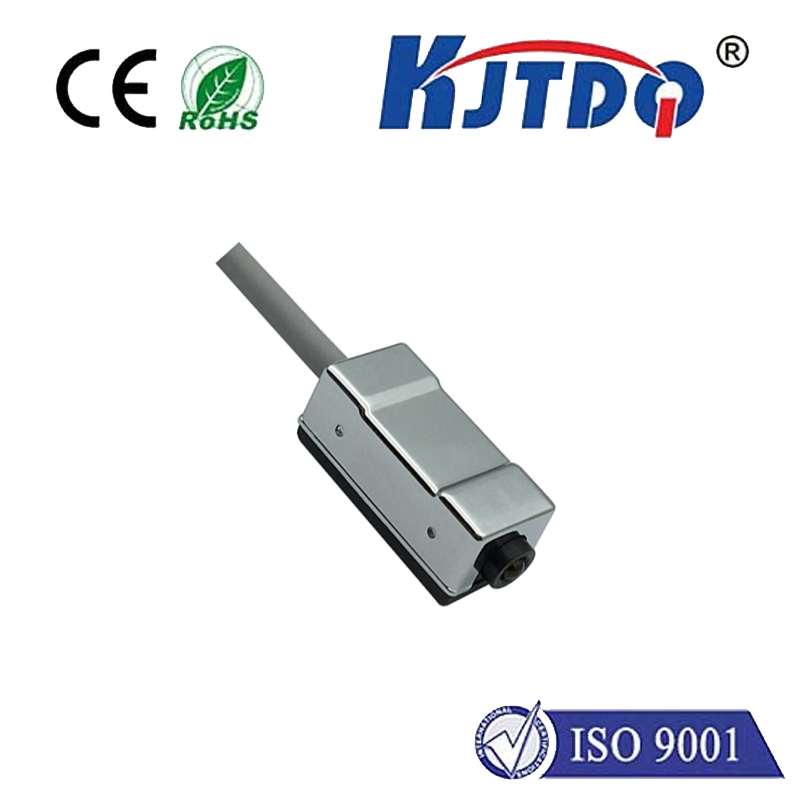micro-slot photoelectric sensor
- time:2025-09-10 17:38:40
- Click:0
Micro-Slot Photoelectric Sensors: The Mighty Miniature Guardians of Precision Automation
In the intricate dance of modern manufacturing and automation, where machines move with lightning speed and components shrink daily, detecting the presence, absence, or position of incredibly small objects or performing ultra-precise tasks isn’t just a luxury – it’s an absolute necessity. Enter the Micro-Slot Photoelectric Sensor: a compact powerhouse specifically engineered to solve these demanding challenges where standard sensors simply fall short. These miniature marvels are the unsung heroes ensuring precision in applications from electronics assembly to medical device manufacturing.
Seeing the Unseen: How Micro-Slot Sensors Work
At their core, micro-slot photoelectric sensors operate on the same fundamental through-beam principle as their larger counterparts. However, their defining feature is the incredibly narrow U-shaped slot that houses the critical components. Within this slot, one side contains a focused infrared LED emitter, while the directly opposing side houses a highly sensitive phototransistor receiver.
The detection magic happens when an object physically passes through this precise slot, interrupting the invisible light beam traveling from the emitter to the receiver. This interruption causes a distinct change in the receiver’s output signal, informing the connected control system (like a PLC) of the object’s presence, precise position, or specific characteristics (like height or edge detection). This physical beam interruption provides inherently reliable detection, largely immune to the surface color, reflectivity, or material composition of the target object – a significant advantage in complex environments.

Small Size, Massive Impact: The Defining Advantages
The “micro” in the name refers directly to the sensor’s diminutive physical size, particularly the width of its sensing slot. These slots can be incredibly narrow, often ranging down to just a few millimeters or even fractions of a millimeter (e.g., 0.2mm, 0.5mm, 1mm wide). This extreme compactness unlocks several powerful benefits:
- Unparalleled Precision: The tiny slot width allows for detecting minute objects, fragile components (like electronic leads or micro-gears), or performing edge detection with exceptional accuracy impossible for bulkier sensors.
- Detection of Minute Movements: Capable of sensing objects with very small travel distances or incremental positional changes, crucial in high-precision machinery and feedback loops.
- Space-Constrained Installations: Their miniature form factor allows them to be mounted directly onto PCBs, tucked into tight machinery spaces, or embedded within mechanisms where traditional sensors simply wouldn’t fit. Installation flexibility is a major asset.
- High-Speed Operation: Typically featuring very fast response times (often in the sub-millisecond range), micro-slot sensors excel in high-throughput production lines where objects move rapidly.
- Physical Beam Break Reliability: Unlike diffuse sensors that rely on reflected light (which can be affected by color, reflectivity, or background interference), the through-beam configuration inherent in micro-slot sensors offers robust and stable detection. They are generally immune to ambient light interference and less susceptible to false triggers from dust or steam compared to some other photoelectric types, assuming the slot is kept clean.
Where Precision Meets Practice: Key Applications
The unique capabilities of micro-slot photoelectric sensors make them indispensable across numerous demanding sectors:
- Electronics Manufacturing (SMT): Verifying component presence on PCBs before placement (pre-pick/pre-place checks), detecting minute leads or pins, monitoring tape feeders, counting tiny components like resistors or capacitors. Critical for SMT process reliability.
- Small Parts Assembly: Counting miniature screws, rivets, or bearings; confirming the presence of tiny springs; detecting the position of micro-actuators; ensuring gears are correctly meshed.
- Medical & Pharmaceutical Devices: Precise counting of tiny pills or capsules; detecting microfluidic channels; verifying the position of minute components in diagnostic equipment or drug delivery devices; ensuring packaging integrity for small vials or syringes. Accuracy is non-negotiable here.
- Textile Machinery: Monitoring fine threads or yarns for breaks (slub detection); controlling tension loops in sophisticated weaving machines; detecting the position of needles or hooks.
- Printing & Paper Handling: Verifying the passage of thin sheets, labels, or tickets; detecting missing or folded corners; precise registration mark detection; monitoring paper jams in high-speed printers or copiers. Prevents costly jams and misprints.
- Robotics & Precision Machinery: Providing feedback for end-of-arm tooling (EOAT); confirming gripper closure on small objects; precise homing and limit detection in miniature actuators; verifying the correct loading/unloading of tiny parts.
Selecting and Leveraging the Power of Micro-Slot Sensors
Choosing the right micro-slot sensor involves careful consideration:
- Slot Size: The width must be suitable for the target object size and required precision. Too wide, and you lose accuracy; too narrow, and objects might jam.
- Output Configuration: Decide between NPN or PNP transistors (sourcing vs sinking) and normally open (NO) or normally closed (NC) contacts based on how your control system interfaces with the sensor.
- Sensing Distance: Primarily defined by the slot depth. Ensure it accommodates the physical path your target object takes.
- Response Time: Match the sensor’s speed to the velocity of your objects or the timing requirements of your process. Sub-millisecond response is common and often essential.
- Environmental Factors: While robust, consider potential exposure to dust, liquids (look for IP ratings), extreme temperatures, or chemicals. Some models offer enhanced protection.
- Electrical Requirements: Ensure compatibility with your system’s voltage (commonly 10-30V DC).
- Mounting & Integration: Consider the physical mounting options (threaded holes, brackets, PCB pins) and ease of alignment. Proper alignment within the slot is critical for reliable operation.
Proper installation is paramount. Ensuring the sensor is securely mounted and precisely aligned so objects cleanly pass through the slot without grazing the sides is crucial for long-term reliability and avoiding false signals or physical damage. Regular cleaning of the slot to prevent dust or debris buildup is also recommended maintenance.
The Future: Miniaturization and Smarter Sensing
The trend toward ever-smaller, more complex products and faster, more precise machinery shows no signs of slowing. Micro-slot photoelectric sensor technology continues to evolve, pushing the boundaries of miniaturization further while potentially integrating enhanced diagnostic features and smarter communication protocols (like IO-Link) directly into these tiny packages. This allows for predictive maintenance insights and easier configuration. Their blend of extreme compactness, high speed, inherent reliability, and precision detection ensures they will remain a cornerstone technology, acting as the indispensable microscopic eyes enabling the intricate automation that defines cutting-edge manufacturing and technology. Their silent vigilance underpins the quality and efficiency we increasingly demand.






